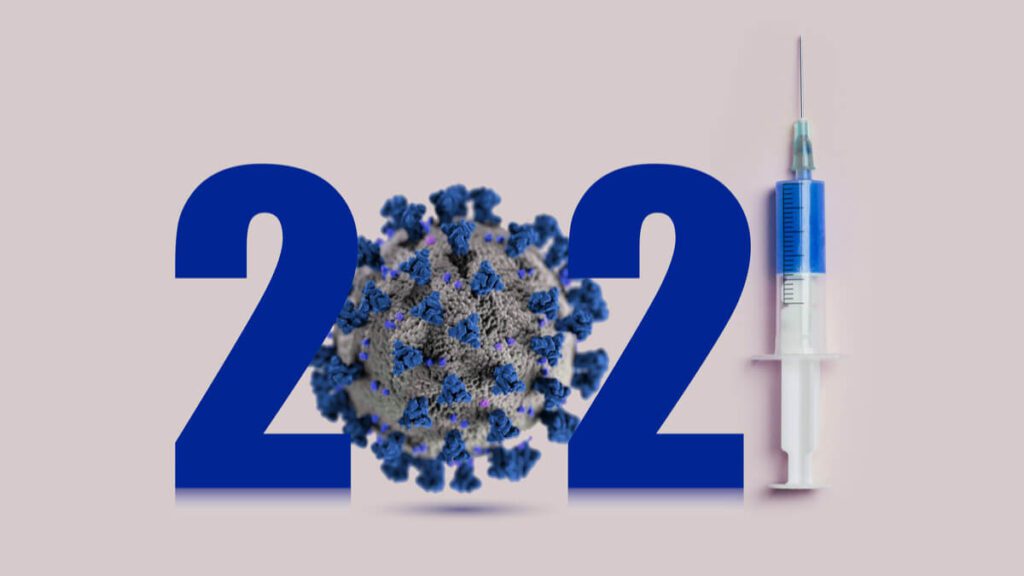
Surveys show that about 60 percent of Americans will probably take the vaccine, 20 percent are uncomfortable but open to taking it once others start taking it, while the remaining 20 percent are adamant that they will never take the vaccine.
The survey revealed that the speed of vaccine development is a main cause for concern.
We know that in order to achieve “herd immunity” or a practical degree of mass immunization, at least two thirds of the population must take the vaccine. The numbers seem to match the need, but a third of the population is still a large number to be left vulnerable to the disease.
In an article published in the medical journal JAMA, the writers outline strategies that the U.S needs to follow to encourage as many people as possible to take the vaccine.
1-Make the vaccine easily accessible and free
Making vaccination easy and convenient, perhaps even a home service, would increase the number of volunteers dramatically.
The researchers also seem to agree that even a small fee may discourage people from being vaccinated, not just because of the money spent, but possibly because of the apparent profit motive itself.
2- Make vaccination mandatory for access to certain locations and services.
Workplaces and community hubs, and other crowded avenues such as concert halls should consider making vaccination mandatory. For entry and use. This would help normalize vaccination among workplace peers, increasing the overall immunized people.
3-The vaccine should be endorsed by influencers, trusted leaders and famous people
Admit it, if Elon Musk took the vaccine wearing his iconic smile, the percentage of non-vaccine proponents would dip like a duck in the pond. People are much more likely to feel comfortable with a vaccine if their trusted celebrities, leaders, and high-profile figures took the first step.
4-Give priority to those who sign up early
Marketing gurus will tell you that scarcity, or perceived scarcity at least, will increase people’s desire in a product. It is no different for a vaccine. If people feel the pressure of time against them, more will sign up.
5- Make taking the vaccine a ‘public act’
Making the act visible to the public may increase vaccine uptake through social pressure and the need for community approval and belonging – the same strategy used to increase blood donation or voting.
Some of these strategies may seem manipulative or even crude, but desperate times call for desperate measures as we have all had to learn the hard way in the past year. The vaccine of course, must not be presented as the final solution, but rather, another step toward ending the pandemic, alongside the social safety measures – masks, handwashing, social distancing – we have all become accustomed to.